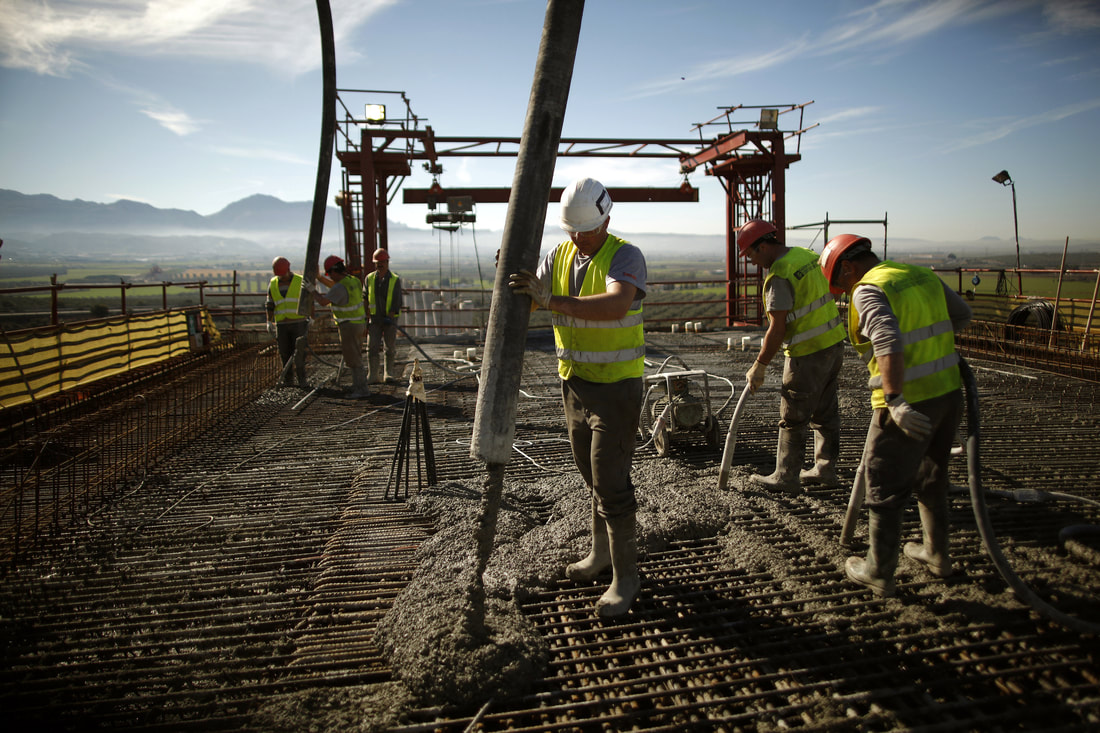 Concrete is one of the most widely used construction materials around the world. It has been used for centuries and has proven to be a reliable and sturdy material for building structures. However, with the growing concern for the environment and the need for sustainable construction practices, the role of concrete in building a better future has become more critical than ever before. Sustainability in construction refers to the use of materials and methods that minimize the impact on the environment while creating structures that are durable and safe. Concrete, when used in a sustainable manner, can be an ideal material for achieving these goals.
One of the most significant advantages of using concrete in sustainable construction is its durability. Concrete structures have a long lifespan and require minimal maintenance, which reduces the need for replacement and repair. Additionally, concrete can be recycled and reused, reducing waste and the need for raw materials. Another advantage of concrete is its thermal mass, which allows it to absorb, store, and release heat. This feature makes it an excellent material for passive solar design, which utilizes the sun's energy to heat and cool buildings. By using concrete in the construction of walls and floors, buildings can be designed to be more energy-efficient, reducing the need for heating and cooling systems. Concrete can also be used in sustainable construction through the use of low carbon or recycled aggregates. The production of cement, the binding agent used in concrete, is a significant source of carbon emissions. By using low carbon or recycled aggregates, the carbon footprint of concrete can be reduced. This type of concrete is known as low carbon concrete and can be used in a variety of construction applications, including foundations, walls, and floors. In addition to its use in the construction of buildings, concrete can also be used in sustainable infrastructure projects. For example, pervious concrete can be used in the construction of sidewalks, parking lots, and other paved surfaces. Pervious concrete allows water to pass through it, reducing the amount of runoff and improving the quality of stormwater runoff. Concrete is also an ideal material for the construction of bridges, dams, and other critical infrastructure projects. These structures require materials that are durable, strong, and can withstand extreme weather conditions. Concrete is the ideal material for these projects because it is resistant to weathering, corrosion, and other types of damage. In conclusion, concrete can play a vital role in sustainable construction practices. Its durability, thermal mass, and ability to be recycled and reused make it an ideal material for building structures that are safe, reliable, and have a minimal impact on the environment. By using low carbon or recycled aggregates and incorporating concrete into sustainable infrastructure projects, we can build a better future that is sustainable, resilient, and safe for generations to come. Contact and call us today for more information!
0 Comments
Leave a Reply. |
Archives
October 2023
Categories |
 RSS Feed
RSS Feed